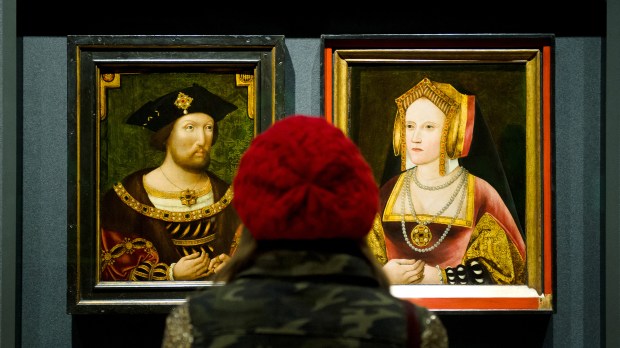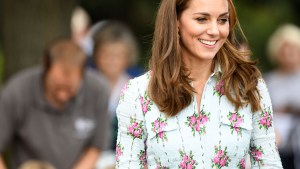With Queen Elizabeth II’s recent death, there was a bit of a reshuffle in the British royal family. Notably, Catherine, the Duchess of Cambridge, was given the courtesy titles of Princess of Wales, or Tywysoges Cymru among Welsh speakers.
The previous holder of the title was of course the late Princess Diana, who was beloved by millions. While many feel that Catherine has some big shoes to fill, the reality is that there was a previous Catherine, Princess of Wales, whose life was truly exemplary and is an even more impressive figure to emulate.
Throughout history there have been a few worthy holders of the Princess of Wales title; however, if you go back to 1485, there’s one Princess of Wales who had to contend with the capricious whims of her husband that eventually led to her marriage being “annulled.”
Catherine of Aragon, a virtuous wife
Catherine of Aragon was the first wife of Henry VIII, the British king famous for chopping off his wives’ heads if they got in the way of his love life. However, before the very devout Catherine was married to the Tudor king — who caused the separation of the Church in England from papal authority — she was married to Henry’s older brother Arthur, the Prince of Wales.
As wife to Arthur, Catherine was made Princess of Wales in 1501. Sadly, she didn’t hold that title for long, as Arthur died within a year of their marriage. After his death, Catherine went on to become the first ever woman ambassador, representing the Aragonese crown to England.
The Spanish-born princess went on to become the Queen of England when she eventually married Henry VIII in 1509. And as his wife, she acted as regent of England for six months while her husband was in France. During this time she oversaw an important English win in a battle against Scotland.
A dedicated mother
While married to Henry, Catherine suffered multiple child losses. She had to undergo the pain of birthing at least three stillborn children, as well as losing a son in early infancy. Much to her husband’s annoyance, the couple had only one surviving child — Mary. (Mary did go on to become Queen of England, or “Bloody Mary,” a devout Catholic who did her best to undo her father’s Reformation.)
A woman of principles
When the disgruntled Henry decided that he wanted to ditch Catherine to marry Anne Boleyn — and hopefully sire his longed for male heir — the devout Catholic dug in her heels. Pope Clement VII refused an annulment, and although the headstrong Henry went ahead and declared his marriage annulled by separating from the Church, Catherine refused to acknowledge the annulment.
She wrote to her nephew, the Holy Emperor, Charles V:
My tribulations are so great, my life so disturbed by the plans daily invented to further the King’s wicked intention, the surprises which the King gives me, with certain persons of his council, are so mortal, and my treatment is what God knows, that it is enough to shorten ten lives, much less mine.”
Luckily for Catherine, she had a lot of sympathizers. At this stage, Henry wasn’t bloodthirsty; he acknowledged his former wife as dowager princess of Wales, and sent her to Kimbolton Castle, where she would remain in her room, only leaving it to attend Mass. She was kept away from her daughter Mary, but the king said he would allow them to see each other if Catherine acknowledged Anne Boleyn as his rightful wife. Both Catherine and Mary refused this, and they were unable to see each other.
Her unwavering faith
As a member of the Third Order of St. Francis, Catherine fulfilled all her obligations. She was devout in her prayer, penance, and confession, and her attendance at Mass. She believed her marriage vows were made before God, so she never gave up on her husband. She was steadfast in her faith, and until she died at the age of 50 from cancer, believed herself to be Henry’s rightful wife. Interestingly, Anne Boleyn was executed not long after Catherine’s death.



